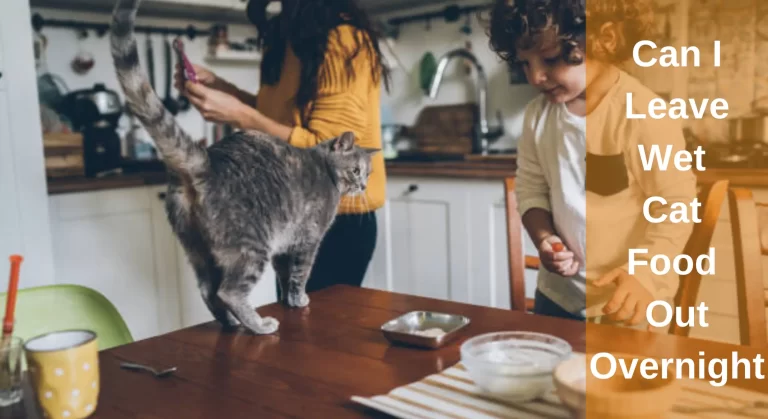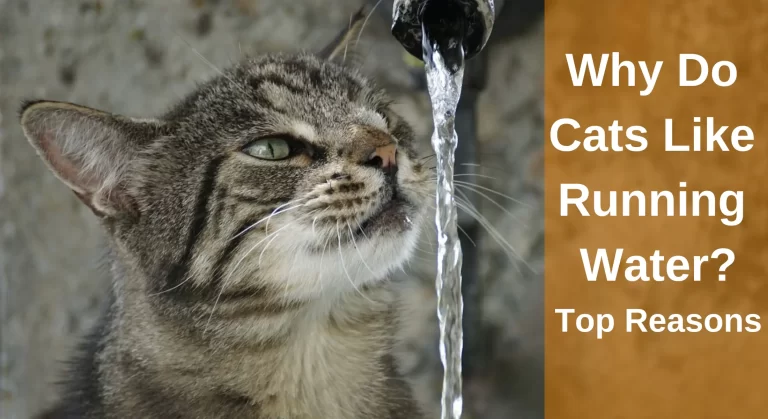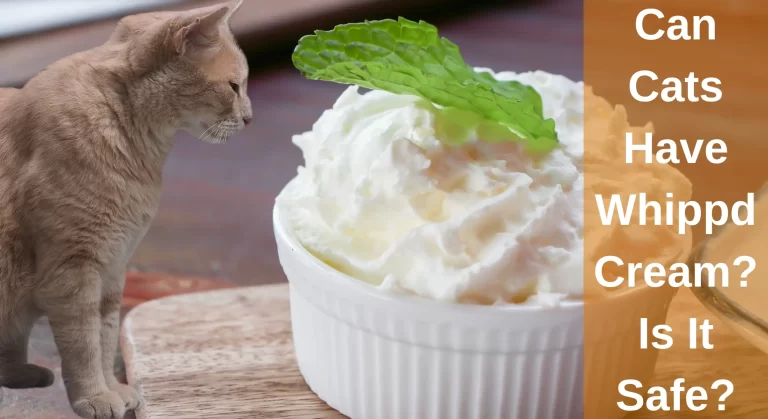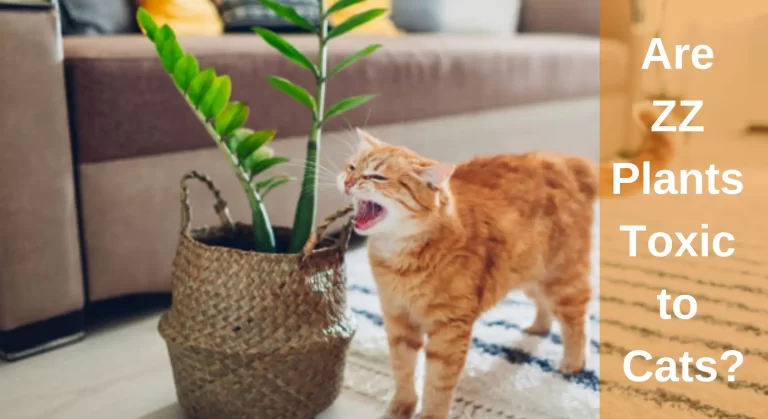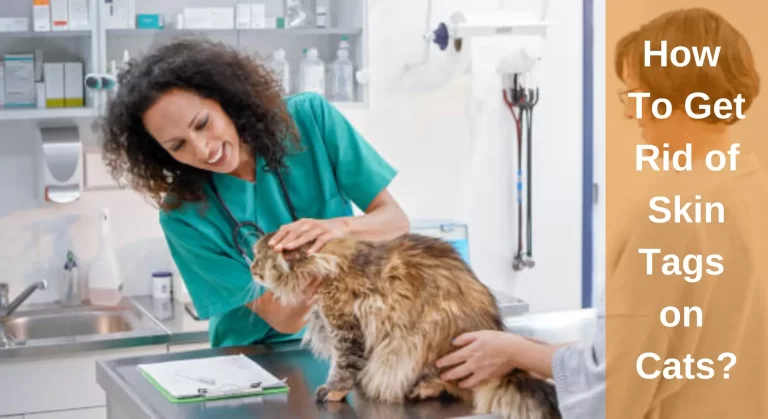Can Cats Eat Phlox? Is Phlox Dangerous To Cats?
Unauthorised nibbling on poisonous and dangerous plants doesn’t necessarily harm all pets in the same way. While a curious cat may experience vomiting, kidney failure, or even death after consuming a day lily, the famous garden plant may have minimal impact on a dog.
Even though phlox looks wonderful in gardens and homes, it poses a problem when you have pets in your home. It is common for cats to roam the house, and many owners are concerned. Can cats eat phlox?
Phlox, a flowering plant species in the family Polemoniaceae, is not harmful to cats. Pets shouldn’t have any problems nibbling on the leaves or flowers of this evergreen perennial because it is non-toxic. The leaves, stems, and flowers of phlox do not pose any danger to cats or kittens. As long as your cat eats only a small amount, it is safe to eat.
In this article, the readers will be able to learn about phlox plants, is it harmful to their pets or not, and what are its beneficial impacts on feline buddies. So, continue reading!!

Is Phlox Dangerous To Cats?
Phlox is not toxic to cats. There are a number of different species of native phlox, but mostly two are sold commercially: Phlox paniculata and Phlox subulata. Phlox paniculata, sometimes known as garden phlox, is given in contrast to moss, creeping rock, and moss pink, while ‘Garden phlox’ is the common name for Phlox paniculata..
Ideal planting locations for Phlox include gardens with at least four hours of daily direct sunshine. You may anticipate it flowering yearly after the first planting with minimal maintenance.
Phlox paniculata comes in various colours, including white, pink, red, orange, purple, and bicolour varieties. White, pink, or purple blooms can be seen on the Phlox subulata.
The mossy mats that this low-growing shrub creates give it its name. Due to the ledges and slopes of rocks in its native environment, this Phlox grows best in rock gardens.
Check Out: Are Marigolds Poisonous To Cats?
Are Phlox Flowers Poisonous To Cats?
Blooms of Phlox do not poison cats. Phlox paniculata is a native American phlox with tall growth and pink flowers, often referred to as perennial or border Phlox.
However, they are a beloved classic border staple since they are available in various heights and bloom hues.
Given that it thrives in rich, wet soil and light shade, it is a fantastic choice for the midst of a border.
Also Read: Are Roses Poisonous to Cats?
Are Garden Phlox Toxic to Cats?
Garden phlox is not toxic to cats. Garden phlox is safe when animals are around. Plants that have been pesticide- or herbicide-treated, on the other hand, could be dangerous to cats.
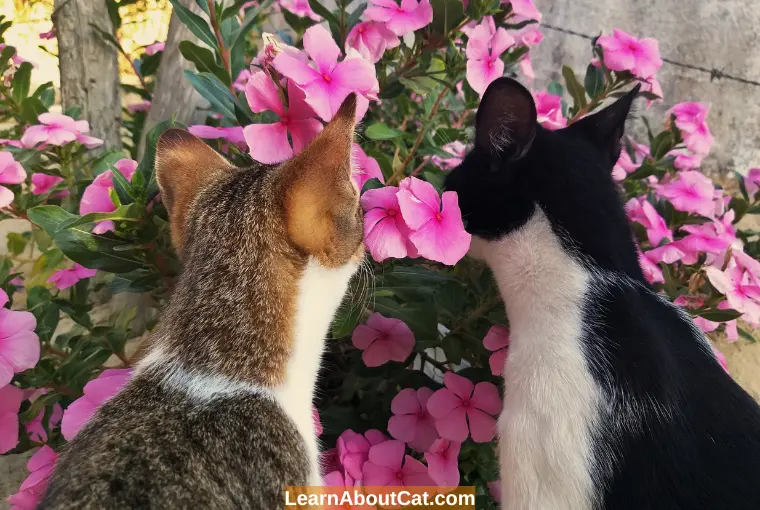
Phlox, a perennial herbaceous plant, is widespread around the world. Phlox divaricata has remarkable deep tubular blooms that might be white, pink, purple, blue, or other colours.
The lance-shaped leaves, which range in size from 3/4 to 1 1/4 inches, are frequently clustered in groups of four.
Native Americans treated stomach problems using tea made from the leaves of this species of Phlox. Phlox stolonifera is a little creeping plant that grows up to 6 inches tall.
Large panicles of pink, white, and lavender blossoms are present on each stalk, which grows 2 to 4 feet long. These hues might occasionally mix in the blooms.
You Might Like to Find Out: Are Zinnias Toxic To Cats?
Can Cats Eat Paniculata Phlox?
Phlox Paniculata isn’t toxic to cats. There are no harmful consequences of the phlox plant or its seeds on cats. Even if your cat eats some, it’s doubtful that it would cause any problems.
Is Creeping Phlox Toxic To Cats?
There is no danger to cats from creeping phlox, and cats can ingest it.
Many rock gardens worldwide require the perennial creeping Phlox, often known as moss pink or mountain phlox. Low-maintenance creeping Phlox grows naturally in rocky regions of North America. Any soil may support its growth, covering your yard with lovely blossoms.
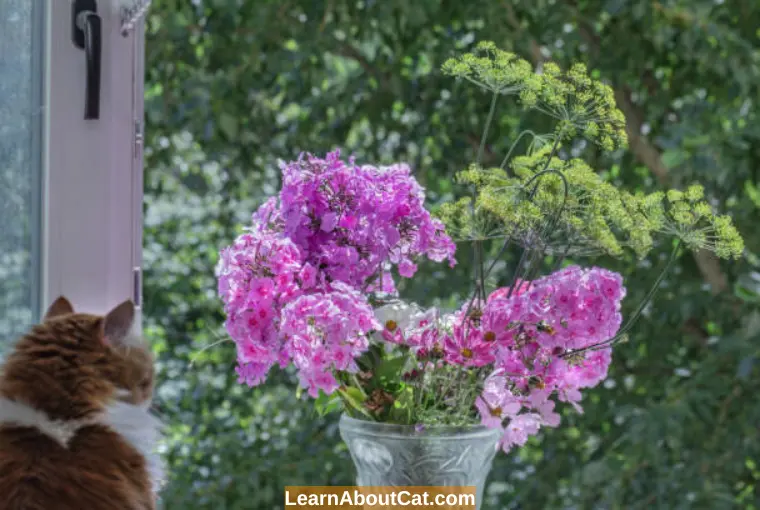
Native Americans have a unique bond with this plant since it has long been used to heal various illnesses. Cats can play in the garden of phlox plants. The plant is not harmful, so they won’t be wounded. It’s common to see creeping Phlox in rock gardens.
But regardless of where you reside, this flower may provide a lot of colour to your surroundings since it complements tulips and carnations, which tower over it. It also attracts hummingbirds and butterflies in the spring, making your yard a hive of activity.
Also, Check Out: Is Christmas Cactus Toxic to Cats?
How are Creeping Phlox and Garden Phlox Distinct?
The “Peppermint Twist” phlox has enormous clusters of pink and white variegated blooms. Rich coral blossoms and a strong and sweet perfume are two enticing features of the unusual hybrid cultivar “Coral Creme Drop.” Perennial Phlox thrives in gardens adjacent to daylilies, Shasta daisies, and Oriental poppies.
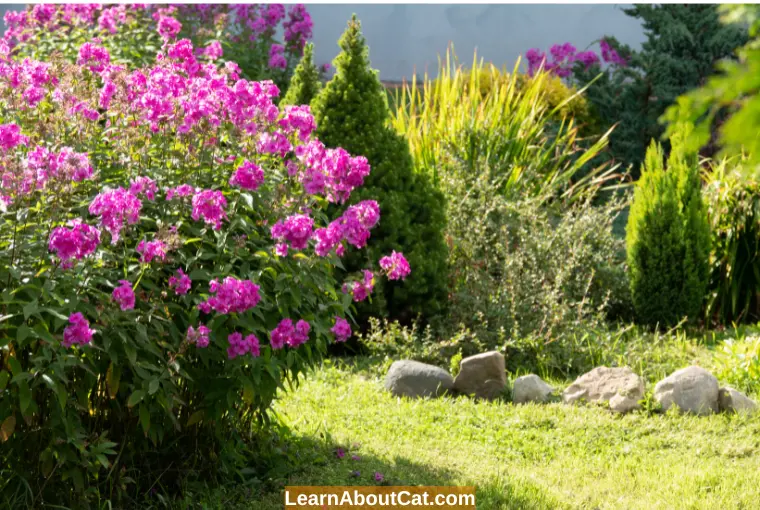
Hummingbirds and butterflies are drawn to the creeping Phlox’s wonderful vanilla-clove aroma in the garden. This ground cover has a modest growth rate and is 3 to 8 inches tall.
A hardy, evergreen plant with a mossy look is called Phlox subulata. It is also known as garden phlox and thrift phlox.
Find Out: Are Bromeliads Poisonous To Cats?
Frequently Asked Questions
Can cats eat phlox every day?
Phlox may be fed once in a while as a supplement, but giving it every day would be inadvisable. Even though it may not trigger any issues at first, it could cause serious health problems in the future.
What can happen if cats eat phlox?
Even a bit of large quantities of phlox will not normally cause any problems for your cats. Still, if you find yourself in such a situation, your cats may experience various health problems. Among the most common problems cats may encounter if they eat too many phlox flowers, seeds, leaves, or the whole plant are the following:
What flowers are unsafe around cats?
These plants and flowers are never appropriate for cat owners and shouldn’t be around cats.
Foxglove.
Cyclamen.
Gladioli.
Daffodil’s blossoms.
Hyacinth.
Lilies.
Iris.
Tulips.
What are the most toxic houseplants for cats?
Many plants or herbs are harmful to pet buddies in a way that they upset their digestive system; some plants irritate the mouth or skin etc. These are as follows:
Autumn Crocus (Colchicum autumnale)
English Ivy (Hedera helix) Pothos,
Devil’s Ivy Marijuana (Cannabis sativa)
Castor Bean (Ricinus communis)
Hyacinth (Hyacintus orientalis)
Peace Lily (Spathiphyllum sp.)
Daffodils,
Narcissus Sago Palm (Cycas revoluta)
Azaleas and Rhododendrons (Rhododendron spp.)
Dieffenbachia (Dieffenbachia spp.)
Oleander (Nerium oleander)
Chrysanthemum, Daisy, Mum (Chrysanthemum spp.)
Cyclamen (Cyclamen spp.)
The Bottom Line on Can Cats Eat Phlox
Phlox plants are not at all harmful to cats. Therefore, you shouldn’t be concerned if your beloved cat consumes a small quantity of them. Cats may usually eat Phlox without harm, although it’s not advised that they consume any inadvertent pesticide or weed-killer applications.
Related Posts:
Who is Isabella?
My name is Isabella, and I am a dedicated and knowledgeable cat enthusiast. With years of experience caring for cats and a deep love for felines, I made a mission to help other cat lovers navigate the challenges of cat ownership.

